How would you like to be a happier, more confident person and a better friend and family member? This post contains a few chapters from the 99¢ ebook “How to See Yourself and Others” which reveals the easiest and most effective way to make your life and connections far, far closer and more rewarding than you can probably now imagine.
 The Human Experience
The Human Experience
Once upon a time, seven billion people woke up, went to work and school and play, walking and running and driving, sitting, standing, buying, selling, eating, talking, bumping into one another, hugging, kissing, laughing and crying…and no one saw them.
They sort of saw each other. They saw their bodies and expressions, their clothes and hairstyles, their cars, homes, titles and activities.
But no one saw their souls. No one saw who they really are.
“It’s okay,” one of them said, “I didn’t want to be seen anyway. If people knew who I really am, they might not like me.”
“I’m lonely,” admitted another. “I wish someone understood and loved me for who I am.”
“Who am I?” asked a third, “and what am I doing here? How can I find out?”
The seven billion people went to sleep, then woke up and did it all over again the next day.
That is the saddest story ever told. The entire human race lives and dies in relative isolation because no one ever taught them how to see one another. This is the primary cause for the ubiquitous human suffering in the world, and it could all be fixed if only we knew how to see.
The time has come for the human experience to change. That’s what this book is for. Seeing people – really seeing them, seeing who and how beautiful and fascinating and amazing they truly are – is not difficult, you just have to know how to look and what to look for. It just takes a little practice.
Once you get a feel for it, nothing else can change your life and the lives of those you interact with as quickly, thoroughly, and positively as the simple act of seeing one another’s true nature and experiencing the nurturing and transformational connection that automatically follows.
Hide & Seek
Being seen is why children love to play hide and seek. Sometimes kids hide in plain sight. They want to get found. They want to be seen. Being seen is a fundamental human need.
Other times they do their best to hide – squeezing their bodies into tight spaces under the bed or in the hall closet, unaware that we can hear them breathing and giggling. We see their eager eyes peering out from the shadows behind the couch and we know exactly where they are the whole time.
Children delight in the mere fact that someone is looking for them. That someone wants to find them. When we finally do “see” them, they squeal with delight. They have been exposed. They are vulnerable. It’s a wonderful experience and they know it.
If adults don’t seek the children, it’s not the same. If we only say, “I know you’re under the bed,” and don’t pretend to hunt, then there’s not much reward and children eventually stop playing. They give up because they know that no one will ever find them.
Lying in hiding and waiting to be found when no one is looking is a sad, lonely game.
Adults play a more complicated version of hide and seek. We don’t hide under the table or in a makeshift fort built of couch cushions and blankets; instead, we build up screens made of cars, clothes, careers, hobbies, roles, and whatever else we attach our identity to.
We create visible messages in a vain attempt to explain who we are so others can see us and give us the love we crave:
“I’m a successful businessman. Respect me.”
“I’m a creative artist. I’m cool and interesting. Look at me.”
“I drive a fast car. I’m exciting. Love me.”
“I live in a clean house. My children behave and earn good grades. I’m a good enough parent. Accept me.”
“I’m a rebel and I don’t care what you think. See my sloppy clothing? See the way I resist authority and go against the grain? Can you see me now?”
We don’t know any better. We barely know who we are ourselves. We need someone to seek and see us so we can find out what it means to be “us.”
We need to be seen, to be made vulnerable, to have our core exposed and be shown what makes us inherently lovable and precious without the external trappings that trap us in our false sense of identity and keep authentic, genuine, and more deeply satisfying relationships out of reach.
Playing this game of hiding and deception doesn’t change the fact that adults need to be seen just as much as the children they once were – maybe more, because if we have never been truly seen, then we’ve grown accustomed to our disguises and taking them off requires more effort.
We don’t even know we’re wearing them. We don’t know that we’re much, much more – and much, much better – than we think we are.
“You’re an interesting species. An interesting mix. You’re capable of such beautiful dreams, and such horrible nightmares. You feel so lost, so cut off, so alone, only you’re not. See, in all our searching, the only thing we’ve found that makes the emptiness bearable, is each other.”
– The Alien (from Contact)
“Seeing” vs. “Looking At”
We look at things all day long. We open our eyes and light splashes through our pupils and focus against our retina. Chemicals are emitted in the rods and cones on the back of our eyeballs which send electrical impulses to the visual cortex in the back of our brain. Our brains fill in the gaps and, technically, we see.
But that’s not the kind of seeing this book is talking about.
We look at people all day long. We see their faces and probably observe how beautiful they are based largely on the symmetrical spacing of their eyes, nose, mouth, chin and forehead. We see the shape of their bodies and make judgments about their attractiveness, health and lifestyle. We see their skin tone, their clothing, their movements and gestures, hear their voices and their words, and incorporate more clues into the growing composite impression of who these people are.
But that’s not the kind of seeing this book is talking about.
Imagine yourself taking a trip to a museum – a place people visit for the express purpose of experiencing the pleasure of seeing. Imagine walking through the rooms and corridors, passing canvas after canvas, statue after statue, graffiti after mobile after pottery after photograph. Imagine never stopping to look more closely.
Art captures our attention because its complexity or simplicity, its detail or overall impression, its rich color or austere sterility engages our minds and emotions. It stirs something deep inside. It mirrors our very soul and helps us to experience and explore ourselves.
Lean in closer and examine the intricate brush strokes. Step back and appreciate the entire simultaneous weight of the whole. Now you’re seeing! Now you’re connecting. Now you’re receiving the value inherent in the art. The more you know about the artistry that went into the work, the more your capacity to appreciate it grows.
Now imagine yourself seated in a spacious auditorium. A crowd of thousands of elegantly dressed people sits quietly around you. On stage, the conductor raises his baton, then drops it in a graceful swish and the concert begins.
To some, the classical music that pours from the stage means nothing but boring noise. It’s got rhythm, but they can’t really dance to it.
But notice what happens when you stop to notice the details: resin-covered bows graze violin strings and make them hum with delight. Felt-covered sticks massage kettle drums and fill the room with gentle thunder. Brass trumpets, horns and baritones fill the air with soaring harmonies.
The more details you notice, the more your capacity to enjoy grows. Only when you comprehend the intricate parts can you “step back” and fully appreciate the whole.
Every single person on the face of this planet who ever lived or ever will is a work of art. A symphony. A masterpiece. Yourself included.
You can’t comprehend or fully enjoy yourself or anyone else until you know how to see and appreciate the subtle, hidden details and not just the frame we wrap around ourselves.
Once you finally see someone, you will react in a way you have perhaps never before experienced. “Hmm,” you’ll mutter, lost in thought and feeling, while nodding your head in understanding and appreciation. “Interesting,” you’ll add. “Beautiful!”
That is the kind of seeing this book is about.
“I see you.”
– Na’vi greeting (from Avatar)
First Impressions
First impressions are normal. Our brains make them automatically. That’s the way we’re built. We’ve been conditioned to do so.
Consider the primitive environment our distant ancestors survived. Their lives often depended on their ability to instantly recognize a threat – such as a bear or lion – and avoid becoming its next meal.
Consider finding yourself in a situation where you need help (your car breaks down or you need to borrow a cell phone for an emergency call). You look around and must decide who to ask. How do you decide who looks most trustworthy and likely to help? Do you take into account age, gender, clothing, size, posture, facial expression or other attributes? You might get it wrong, but you have little choice but to work with whatever clues immediately present themselves and take your best guess.
There’s nothing wrong with making snap judgments and first impressions. The trick is to remain aware of when you do. Recognize that it’s only a guess. Acknowledge that you don’t yet have all the facts, and remain open and flexible enough in your opinions to incorporate new information as it arrives.
To be an excellent critical thinker and get things right more often, don’t just passively wait for that information to arrive. Actively seek to fill in the gaps.
 Look at this photo and observe your first impression.
Look at this photo and observe your first impression.
Now ask how you reached your conclusions. What visual clues led to your impression?
Does she look like someone you know? Do her clothes, car, or haircut match others whose attitudes, interests, intelligence, temperament, personality, and other traits you just attributed to the stranger in the photograph? Have you watched movies with similar-looking characters that influenced your impression?
Now ask how certain you are about any of your conclusions. Could you be wrong? What other possibilities exist?
You can accurately describe her physical attributes like hair and skin color and general build. You can guess about her age, health, and possibly even general demeanor. You can make subjective judgments about her beauty or lack of appeal, and that’s about it. Compared to what you don’t know, that’s not much.
Remember: the trick for managing first impressions is to recognize what you know and what you don’t, and then remain flexible enough to integrate new information. Remember that first impressions based on physical traits alone are little more than quick, convenient guesses to carry you onward to the next step.
“What a strange illusion it is to suppose that beauty is goodness!” – Leo Tolstoy
Stories
Do you ever wonder where first impressions come from?
A significant part of your first (and ongoing) impressions originates in your subconscious mind. That’s where your stories reside.
Hidden behind every impression and perception, your stories are hard at work bending reality to match their expectations.
Stories are deep-rooted, biased beliefs about who we are, what we’re worth, whether others can be trusted, and whether things will work out or fail. Somehow, magically, against all odds, they always seem to prove themselves right.
We all have them, though most people have no idea how powerfully they limit our capacity, happiness, and success in life. They influence our behaviors through perceptions and emotions and shape the outcome of our efforts more than any other factor.
No matter how much you consciously know better, no matter how hard you try, how well you plan, or how faithfully you practice positive affirmations to talk yourself into believing something better, our negative stories turn life into a continual struggle.
Fighting our stories is like walking upstream in a chest-deep river. Sometimes the power of the subconscious current is impossible to resist.
Stories are like wearing glasses with colored lenses. When we open our eyes and the whole world looks blue, it’s difficult to believe that it’s not really so.
Thanks to our stories, we can look at a kind, well-intentioned person, and not trust them because a filter hides the truth and tells us that people can’t be trusted because we’ve been hurt before and our subconscious wants to protect us from experiencing the pain again.
“We see the world not as it is, but as we are.” – Talmud
OverProtective
We are all story tellers. In our stories, we are heroes or losers. We are champions or victims, geniuses or fools. Our deepest stories, we tell only to ourselves, and these shape our lives more than any other factor.
We first wrote our stories as infants and children too young and inexperienced to know what we were doing. They became the filters through which we interpret the rest of our lives. Most people’s stories, once written, never get revised. They keep playing themselves out over and over, proving they were accurate all along.
Ironically, the bad stories – the sad, painful, damaging ones – are meant to protect us. To understand how this works, first consider a child who touches a hot stove. The next time the child gets near a hot stove, his or her brain stem dumps chemicals – strings of amino acids called peptides – into the narrow gaps between neurons, and the result is emotion – in this case, fear.
In similar fashion, after suffering a broken heart, these chemicals “protect” us by frightening us away from giving love another chance. The moment we begin to open our vulnerable hearts, the peptides scream “Run for your life!”
This reflex worked well to protect our ancestors from saber tooth tigers, but causes endless complications in our modern lives. It often prevents us from getting what we most want.
Our protective stories protect us from success, happiness, growth, peace, and believing in ourselves. If our stories always end with the death of the hero, then perhaps it’s better to never try than to risk another painful failure.
Now imagine having a friend that continually cuts you down and prophesies failure. “You’re no good, you’ll never succeed,” the friend asserts. “You’re such a loser! Why even try?” How long would you keep such a friend around? I hope not long! You can’t afford friends like that – they could cost you your life, or at least the better life you might enjoy once they’re gone.
If only we could dismiss our own negative stories and trade them in for better ones. But they’re too deep, too subtle, and too irrational to reach easily. They’re too determined to defend us to give up easily. They’re like an overprotective parent who screams whenever the child encounters a chance to try something new.
“All the world’s a stage, and we are merely players.”
– Shakespeare
These are a few chapters from the 99¢ ebook “How to See Yourself and Others.” If the world found out about the simple skills explained in this book, it would become a far better place! I have a much longer book begun with many more details, and whether I budget the time to finish depends on how much interest it garners – so if you want to read more, please share this post with your friends and buy the ebook! Thanks!
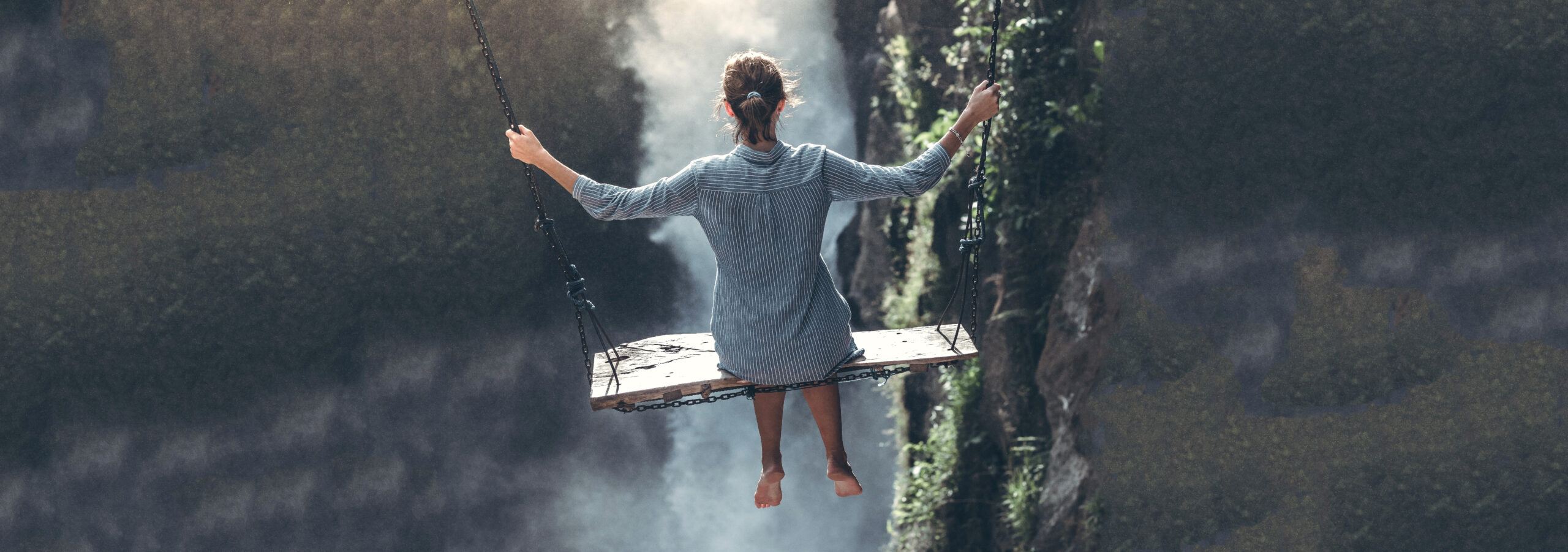


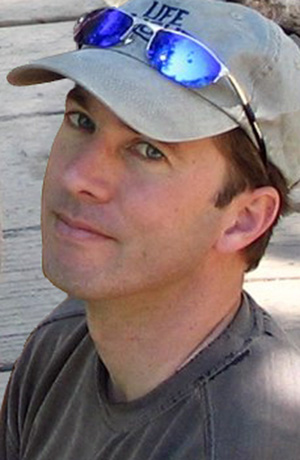
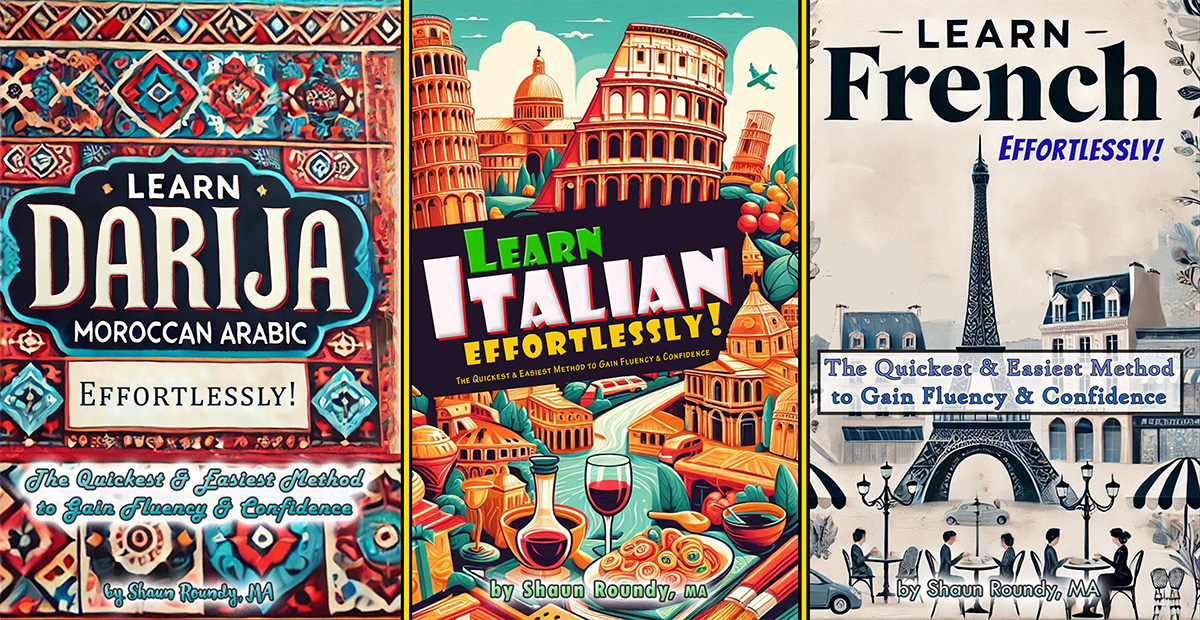

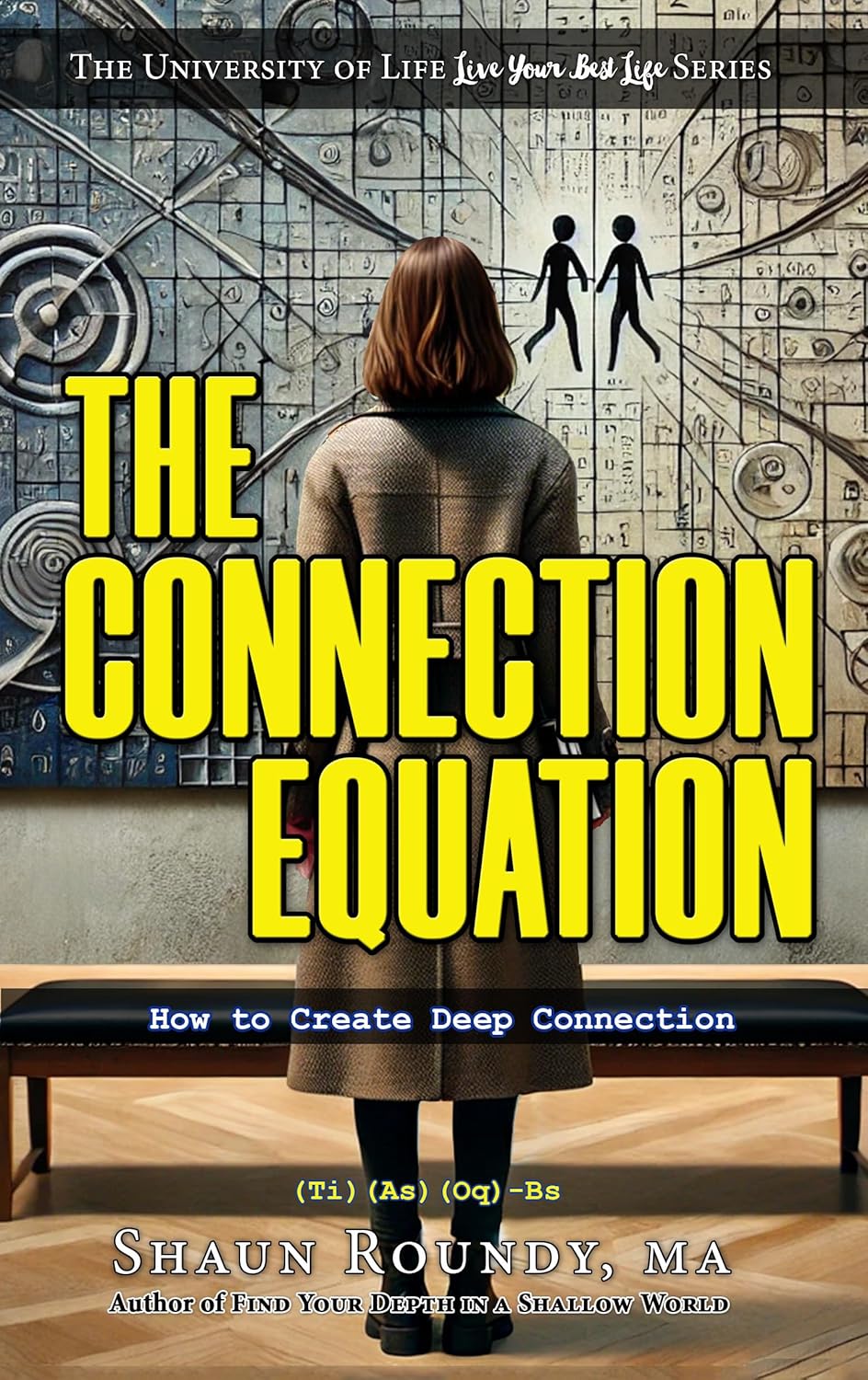

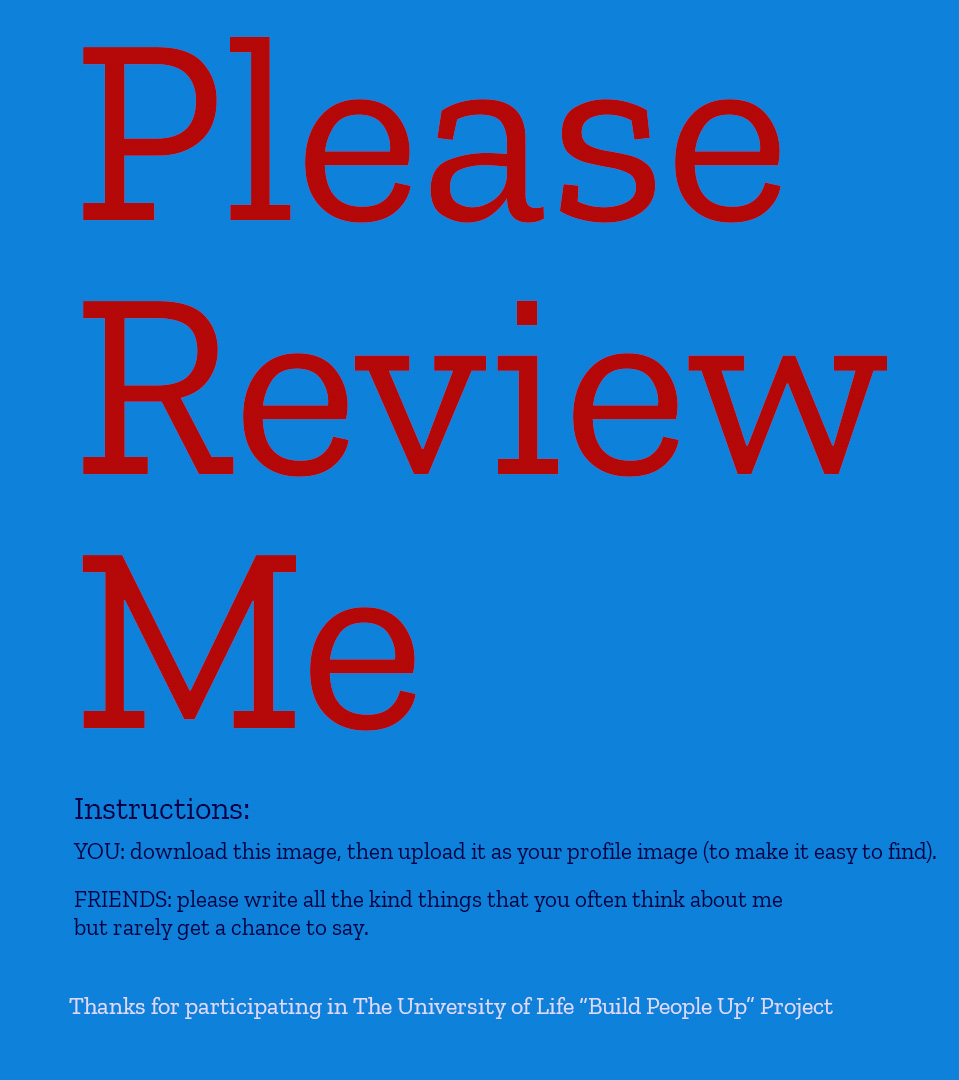
Leave a Reply